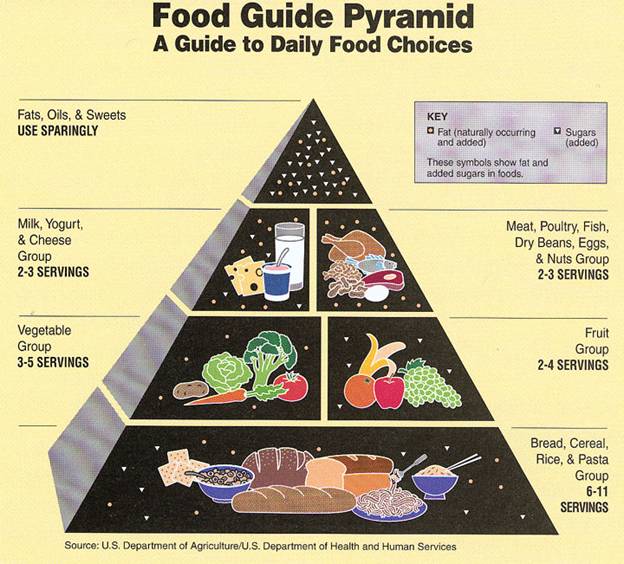| |
| Heart Diseases |
| - Angina Pectoris |
| Heart Disease Prevention |
| - Warning Signs |
| - Nutrition |
| - Exercise |
![]()
Heart Disease Prevention
Warning Signs
There are several signs and symptoms that a person may experience if they are suffering from heart disease. These warning signs are dependent on the person and not everyone may be affected by any number of these indicators. Sometimes the symptoms may be recurring, meaning that they will go away and come back. If you or anyone you know is suffering from any number of these symptoms consult your local physician or if it is an emergency call 9-1-1 for an immediate response. A map of heart clinics in the GTA region is provided following the symptoms.
The following bulleted points are possible symptoms for a heart attack:
Physiological Signs
- Sudden discomfort or pain
- Pain in the chest, neck, jaw, shoulder, arms or back
- Pain can include burning, squeezing, heaviness, tightness or pressure
- Difficulty breathing
- Lightheadedness
- Irregular heart rate
- Indigestion
- Vomiting
- Cool, clammy skin
Psychological Signs
- Anxiety
- Denial
Location of Toronto heart clinics
Nutrition
Nutritious, wholesome meals can reduce your risk of heart disease. This will inherently help you to manage your weight, reduce your blood pressure, lower your cholesterol, and maintain sugar levels which are all risk factors. You should eat a balanced diet of grains, fruits, vegetables, dairy, and meat products. The portions should be manageable; the recommended daily servings are given in the food pyramid below. This can be used as a simple and easy guideline for healthy eating. For further information consult your physician.
Exercise
Like any other muscle in the body, the heart gets stronger the more it is used. This means that it can move more blood every time it beats and therefore doesn’t need to work as hard. Exercising regularly also removes bad cholesterol from your blood which allows the blood to pass more freely throughout your veins and arteries. In addition to these benefits, exercise also gives you more energy and relieves stress which reduces blood pressure and the risk of a heart attack.
Exercise needs can vary with age, gender, and weight. A generally accepted rule of thumb, recommended by the American Heart Association suggests:
- at least 30 minutes of moderate exercise five days a week (e.g. walking)
- muscular strength and endurance exercise at least twice a week.
- exercising to the point at which you are short of breath
- setting realistic goals
The benefits may not be visible to the naked eye such as drastic weight loss but they are almost immediate. Consult your physician for more information and for additional exercise recommendations.
Cardiopulmonary Resuscitation (CPR)
CPR should be used in the event that someone is having a cardiac arrest. It is a preventative measure that almost doubles the lik elihood of survival pending the response time. The act of breathing in the patient’s mouth and pumping the chest simulates the responsibilities that the heart would normally perform. The breathing oxygenates the blood which is then distributed throughout the body to the tissues. If blood flow ceases for more than 7 minutes, CPR is relatively useless. At this point the brain may sustain permanent damage due to the loss of blood flow. That is why it is very important to contact Emergency Medical Services as soon as possible.
Source: The British Red Cross on Youtube
You can get certified in CPR; please refer to the local links listed below. These courses ensure that the procedure is done correctly and the heart attack sufferer has the highest probability of survival.
Sources:
Canadian Red Cross Certification http://www.redcross.ca/article.asp?id=000620&tid=021&gclid=CN2zq7qv7JYCFQO5GgodCg-uqw
Emergency Response Training
http://www.ert-cpr.com/Vital CPR
http://www.vitalcpr.com/First Educaid
http://www.firsteducaid.org/index.php?option=com_content&view=article&id=59&Itemid=67This video gives a brief demonstration of the steps involved in CPR. This by no means gives you the proper knowledge or training to perform CPR.
http://depts.washington.edu/learncpr/videodemo/adult-cpr-video.html
Sources:
http://www.ahealthyme.com/topic/hdexercise
http://www.heartandstroke.on.ca/site/c.pvI3IeNWJwE/b.3581703/k.8C8F/Healthy_Eating.htm
www.health.gov/.../dga2000/document/build.htmhttp://www.healthcentral.com/heart-disease/patient-guide-44510-6.html
Last Updated: December 2, 2008 9:34 PM
